Equine Lyme Disease Symptoms
Equine lyme disease symptoms. Clinical signs most commonly attributed to Lyme disease in horses include low-grade fever stiffness and lameness in more than one limb muscle tenderness. Fever fatigue and body aches may occur or there may be no other signs. Untreated Lyme disease can produce a wide range of symptoms depending on the stage of infection.
Contact with ticks does not mean Lyme disease or even infection. Lyme disease can seriously affect your horses health. Spirochetes are attracted to different kinds of cells in the hosts particularly collagen.
Symptoms of Lyme Disease in Horses In addition to the nonspecific infection symptoms of fever fatigue aches and pains the symptoms of Lyme disease can be virtually anything. Some of these are damage to your horses nervous system skin joints and vision. Spirochetes travel faster in.
Joint inflammation stiffness and lameness that tends to shift from limb to limb. Typical symptoms are lameness low levels of energy and a surly attitude. We do not have specific data for horses but behavioral problems especially anger irritability or.
Other symptoms are anterior uveitis neurologic signs low grade fever sensitivity to touch lameness weight loss tremors neck pain lethargy and laminitis. The best documented syndromes associated with Lyme disease include neuroborreliosis uveitis and cutaneous pseudolymphoma. In the later stages human doctors find many conditions related to Lyme such as mental illness neurological symptoms chronic fatigue and fibromyalgia.
Lyme Disease can often present itself in horses as a kind of depression which can be easily. Joints aqueous humor of the eye meninges of the brain skin collagen and heart tissue less so in the equine for an unknown reason are all susceptible. The range of specific clinical signs associated with Lyme disease in horses is not well established.
Lyme has been called the great imitator because it can easily be mistaken for a variety of disorders. Lyme disease should be considered when a horse exhibits symptoms ranging from weakness lameness lack of appetite and behavioral changes to kidney failure heart disease or neurological disorders.
Joints aqueous humor of the eye meninges of the brain skin collagen and heart tissue less so in the equine for an unknown reason are all susceptible.
Clinically many horses in the later stages of Lyme disease mount a poor immune response seen in low white cell counts on a traditional CBC. Spirochetes travel faster in. Lyme disease-carrying ticks are increasing their range so it is important to watch for signs such as. Equine Lyme disease or borreliosis can only be confirmed through a blood test. In people the first symptom is often a rash that expands around the bite site and resembles a bulls eye target. Joint inflammation stiffness and lameness that tends to shift from limb to limb. Joints aqueous humor of the eye meninges of the brain skin collagen and heart tissue less so in the equine for an unknown reason are all susceptible. Untreated Lyme disease can produce a wide range of symptoms depending on the stage of infection. Behavior changes include spookiness irritability fatigue lack of interest in work and stubbornness.
In people the first symptom is often a rash that expands around the bite site and resembles a bulls eye target. Spirochetes travel faster in. In the later stages human doctors find many conditions related to Lyme such as mental illness neurological symptoms chronic fatigue and fibromyalgia. 286 Infectious Diseases of the Horse Summary Lyme disease is a tick-borne infectious disease caused by the spirochete Borrelia burgdorferi. The key is that there is usually some degree of behavior change. These include fever rash facial paralysis and arthritis. Other symptoms are anterior uveitis neurologic signs low grade fever sensitivity to touch lameness weight loss tremors neck pain lethargy and laminitis.
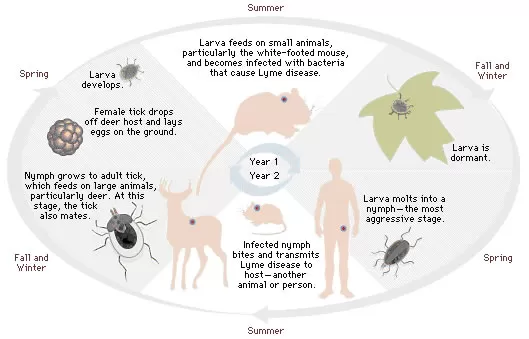


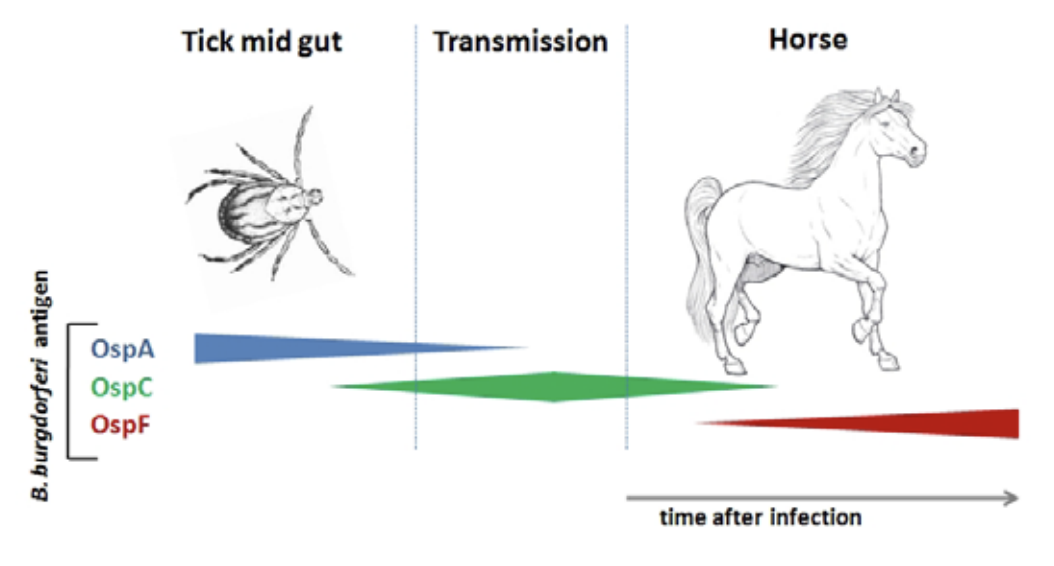
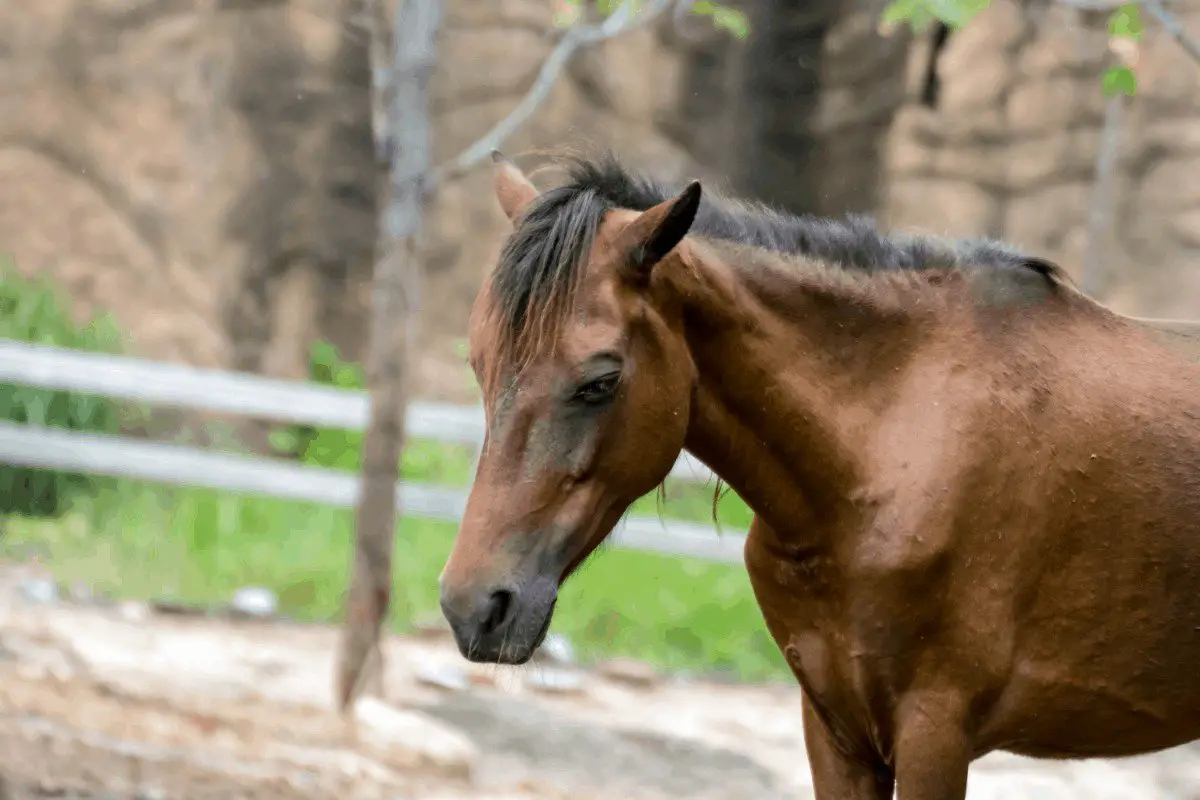
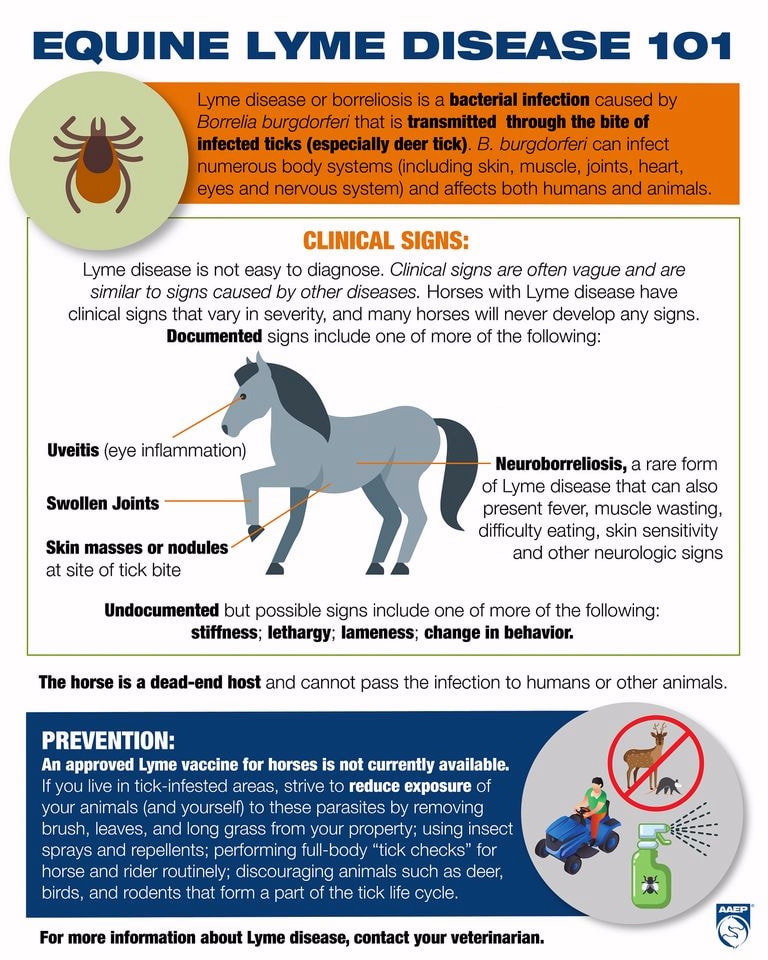

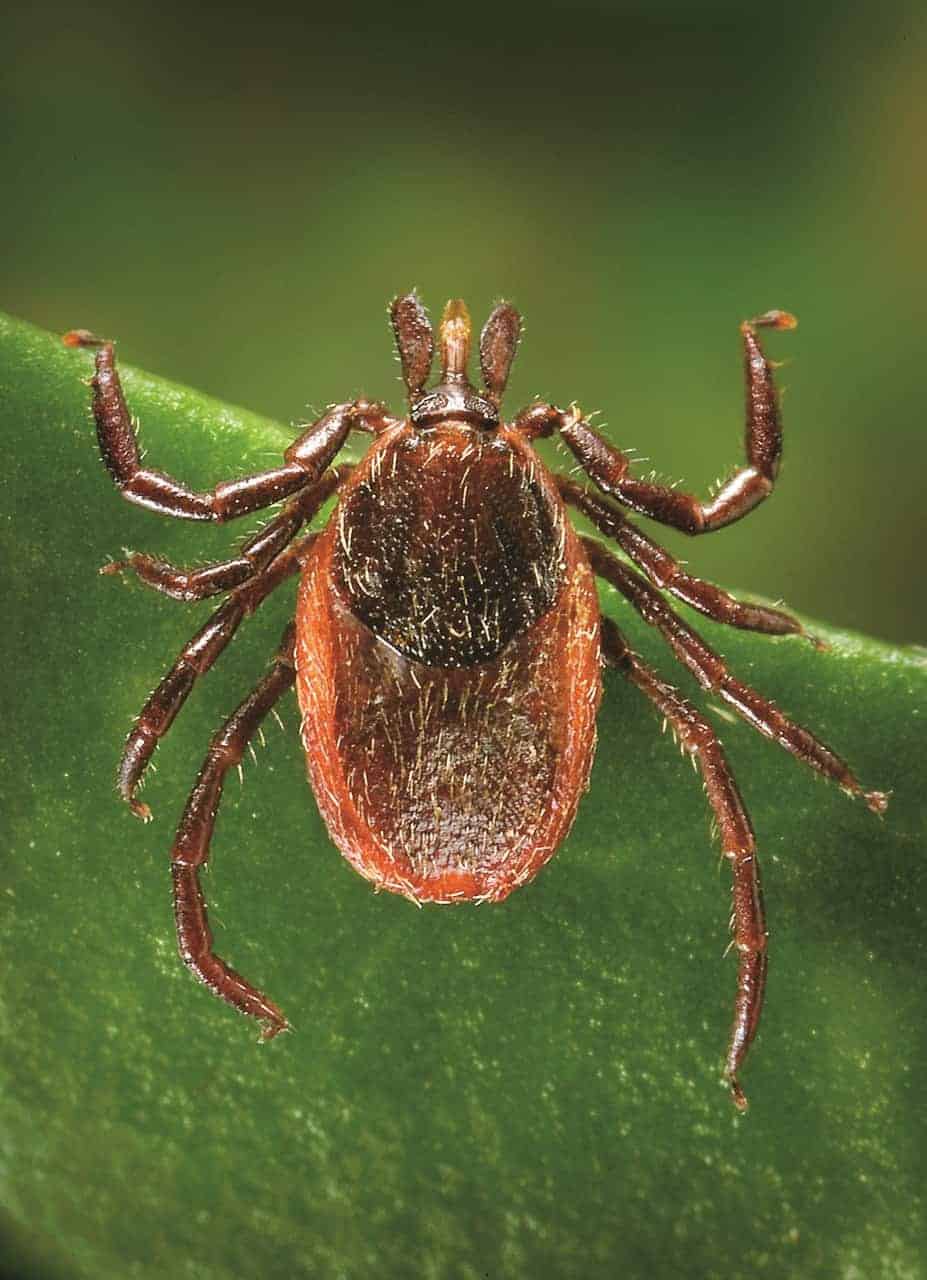

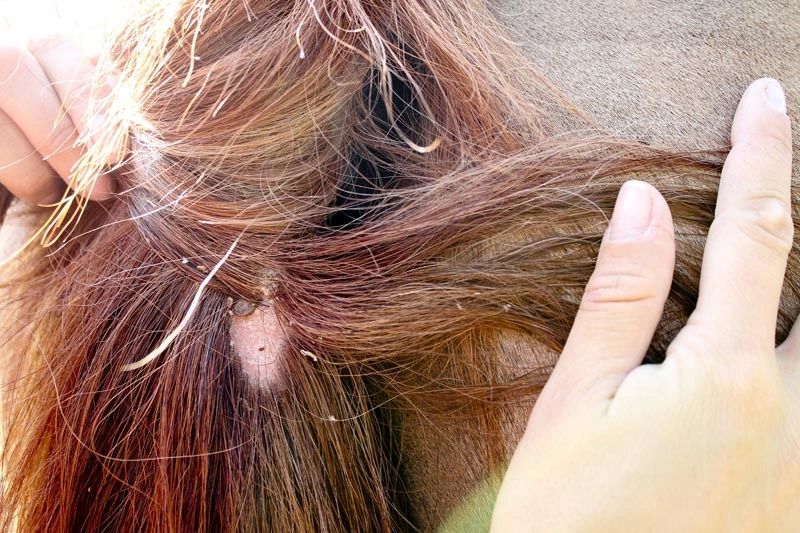
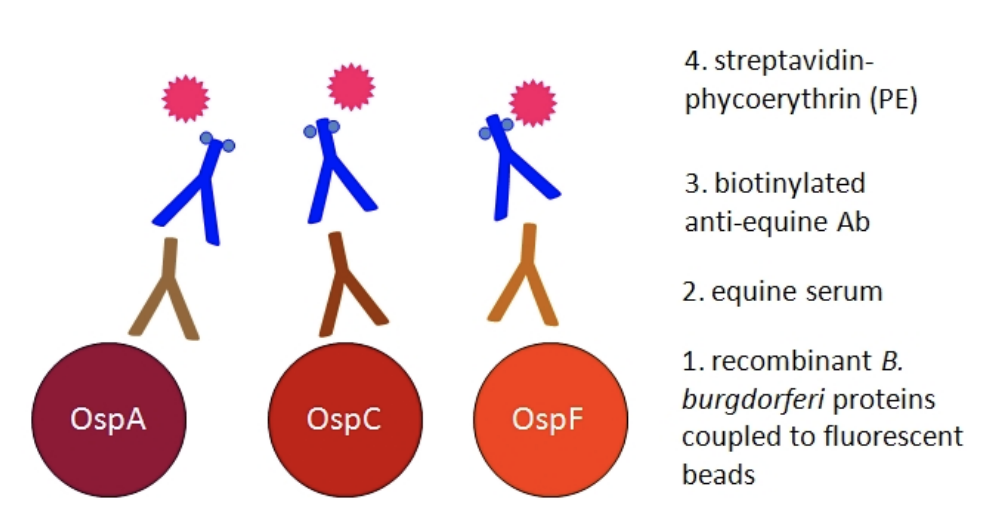
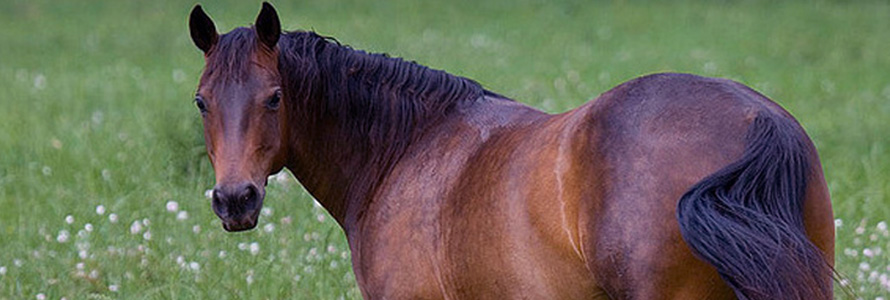


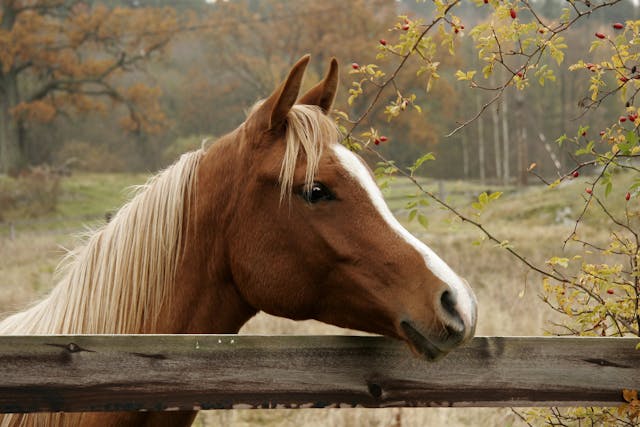



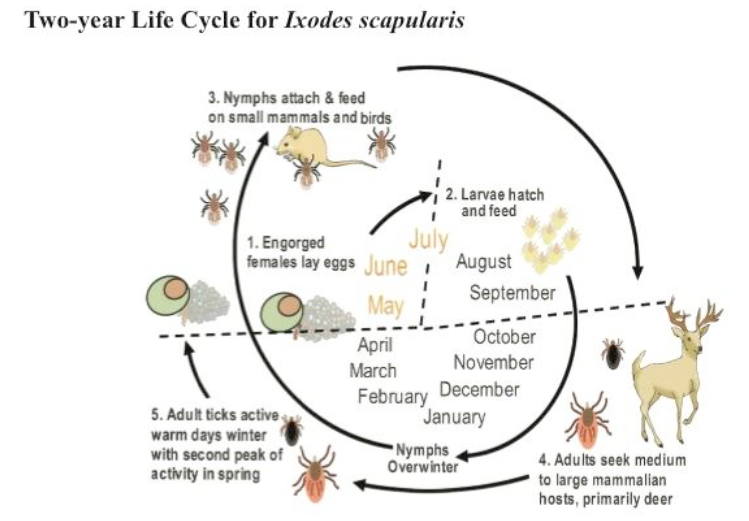
















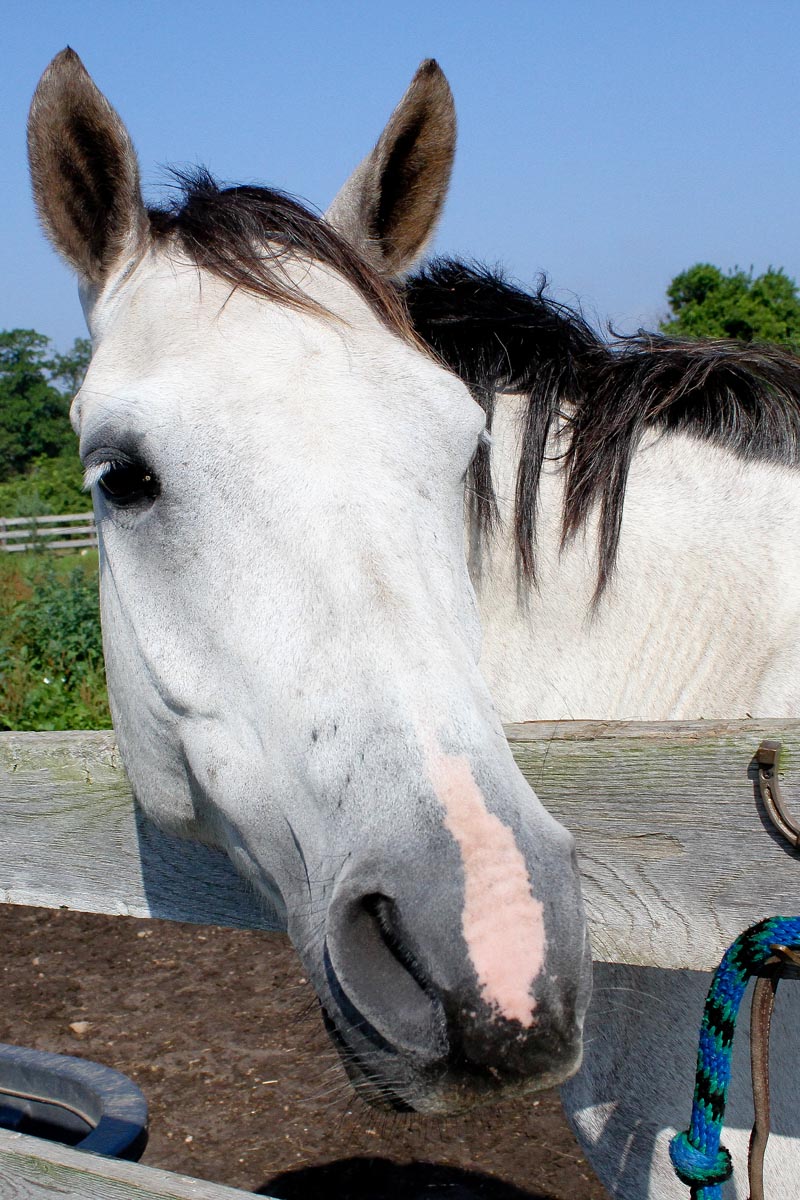







Posting Komentar untuk "Equine Lyme Disease Symptoms"